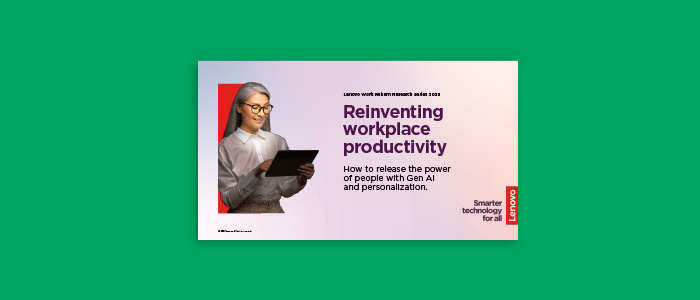In a saturated digital space, content creation is no longer about how much you can publish—it’s about how efficiently you can extract value from what you already have. With search algorithms prioritizing relevance and user experience, many marketers are turning to a smarter, more cost-effective approach: auditing and repurposing existing content. When done right, this method boosts SEO performance, strengthens brand consistency, and saves time and budget—all while increasing long-term return on investment (ROI).
The Challenge: Content Overload and Diminishing Returns
Most businesses have years of content sitting on their websites, blogs, or archives—much of it underperforming or outdated. New content competes with thousands of pieces published daily. Meanwhile, algorithms and user behaviors continue to evolve. Without proper maintenance, even your best content can lose visibility and value. This creates two key challenges:
- Wasted potential from existing assets
- Limited ROI on new content creation efforts
So, how can marketers make their existing content work harder?
Step 1: Start with a Content Audit
What Is a Content Audit?
A content audit is a systematic evaluation of all your published content to identify what’s performing well, what needs updating, and what can be repurposed or removed. This process helps uncover content gaps, duplication issues, and hidden SEO opportunities.
Also Read: 13 Best Marketing Strategies to Grow Your Business
How to Conduct a Content Audit
Use tools like Google Analytics, Ahrefs, or SEMrush to analyze performance metrics—such as traffic, keyword rankings, engagement, bounce rates, and conversions. Classify content into three categories:
- High-performing (repurpose or promote further)
- Evergreen but outdated (refresh with new data)
- Low-performing (revise, consolidate, or retire)
A clear view of your content library helps you prioritize what to update for the best impact.
Step 2: Refresh and Optimize Existing Content
Why Content Needs a Refresh
Even your best blog post can go stale if stats, links, or examples are outdated. Refreshing helps maintain relevance, improve search rankings, and align with evolving user intent.
How to Refresh Content Effectively
Begin by updating facts, replacing broken links, and refining outdated phrasing. Optimize the structure using improved headers, add internal links to newer content, and enhance readability. Consider updating visuals or adding new sections like FAQs or expert quotes. These changes breathe new life into old content and signal relevance to search engines.
Step 3: Repurpose into New Formats
The Power of Content Repurposing
Repurposing allows you to deliver one core message across multiple formats and channels. This extends reach, caters to different audience preferences, and improves content visibility without requiring new material every time.
Practical Ways to Repurpose
- Turn blog posts into LinkedIn articles or Instagram carousels
- Convert whitepapers into bite-sized email sequences
- Clip webinars into short videos for social media
- Reuse data-heavy reports as infographics or charts
- Transform podcast transcripts into SEO-rich articles
When you present existing information in new ways, you make it accessible to wider and more varied audiences.
Step 4: Redistribute and Track Results
Repurposed content needs thoughtful distribution. Share it across multiple channels—social media, newsletters, partner networks, and syndication platforms. Include proper metadata, use updated visuals, and test different headlines. Use UTM parameters and analytics tools to track the performance of your redistributed content and compare it with the original.
Why This Matters More in 2025
With AI-generated content rising and organic reach declining, standing out online requires more than just quantity. Businesses that continuously create from scratch often burn out budgets and teams, while those that reuse strategically sustain momentum with fewer resources. Repurposing also supports omnichannel marketing goals, reinforces consistent messaging, and improves content team efficiency.
Moreover, platforms like Google and LinkedIn favor high-quality, updated content. Refreshing and republishing older posts gives your site the chance to reclaim lost rankings and outperform competitors relying only on fresh content.
Conclusion: Smart Content Wins, Not More Content
Today, it’s not about how much you publish—it’s about how well you manage what you already have. Understanding how to audit and repurpose existing content is key to maximizing ROI, improving SEO, and sustaining long-term visibility. With a structured audit process, strategic refreshes, and smart repurposing, your existing content can become your most valuable marketing asset in 2025 and beyond.
Author - Vaishnavi K V
Vaishnavi is an exceptionally self-motivated person with more than 5 years of expertise in producing news stories, blogs, and content marketing pieces. She uses strong language, and an accurate and flexible writing style. She is passionate about learning new subjects, has a talent for creating original material, and the ability to produce polished and appealing writing for diverse clients.
-
White PaperOpenText
The Peril and Promise of Generative AI in Application Security
-
White PaperWTWH Media
Tech Toolbox Machine Design for Packaging
-
GuideAmazon Web Services
Accelerating Generative AI Innovation: A Comprehensive Guide for Public Sector Leaders
-
ReportKPMG
Global Tech Report: Consumer and Retail Insights
-
ReportLenovo
Reinventing Workplace Productivity
-
GuideIBM
Put AI to Work: Finance








